“People Who Never Met Her Except Across The Footlights Did Not Realize How, In Her Private Life, She

“People who never met her except across the footlights did not realize how, in her private life, she had such compassion and interest in everyone. After I returned from Hong Kong I was ill with a virus and she rang me up reproachfully later to say, ‘Why didn’t you let me know? I would have come and sit with you.’ Giving flowers to sick people is easy. Giving that precious commodity time is far more expensive for someone who had such a full life. But she always found time for everyone.” -Godfrey Winn
More Posts from Smparticle2 and Others
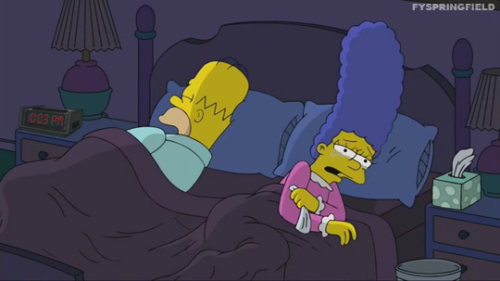
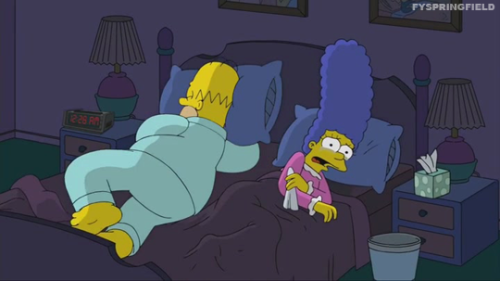
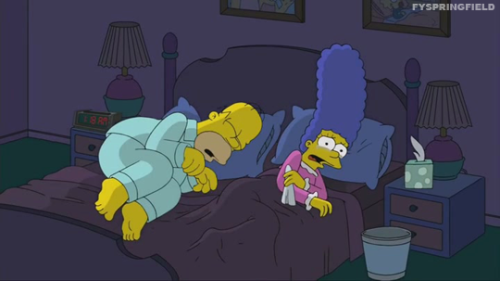
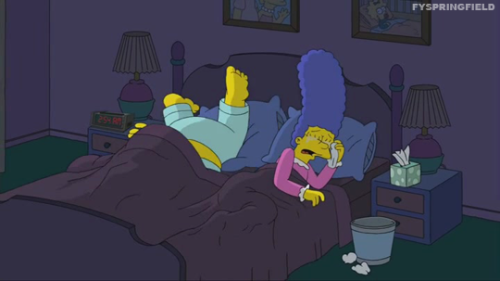
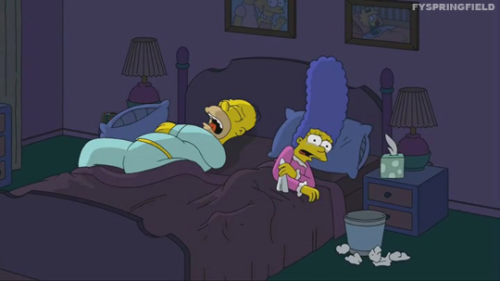
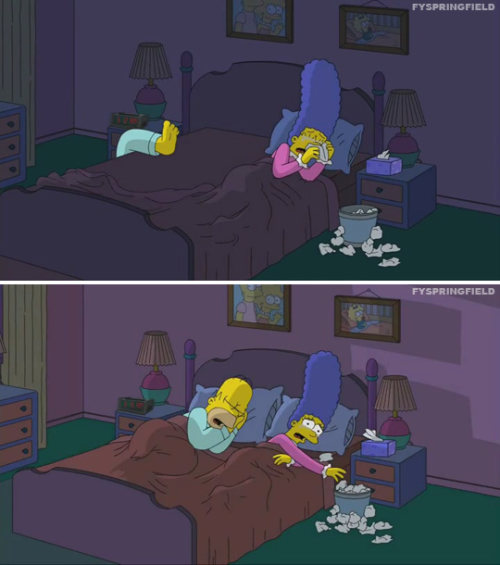
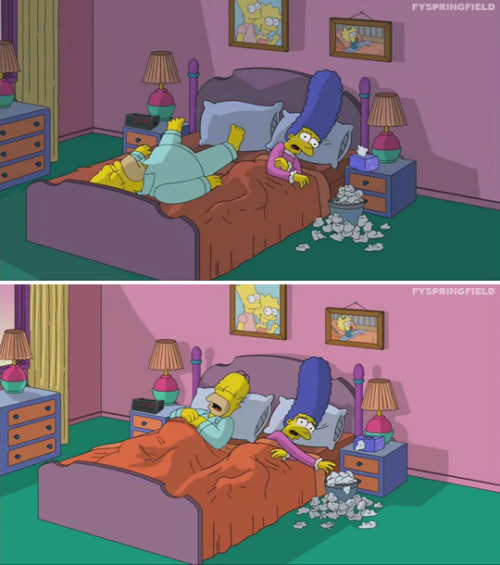
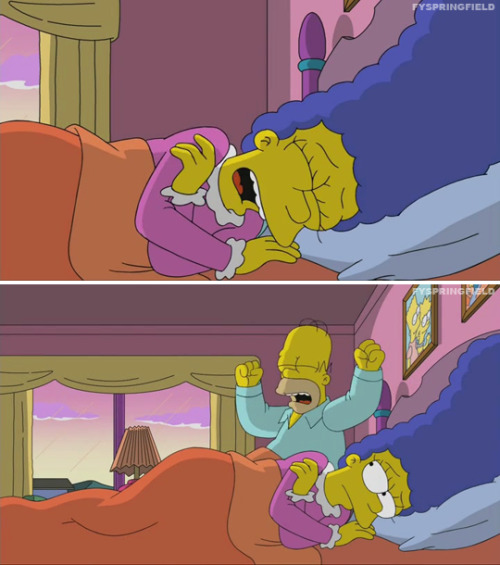
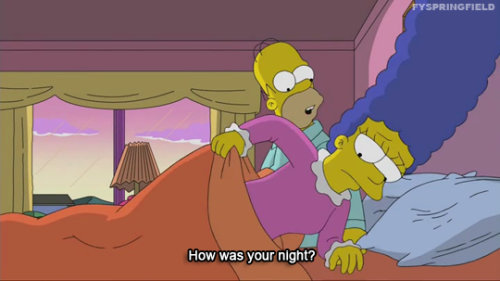
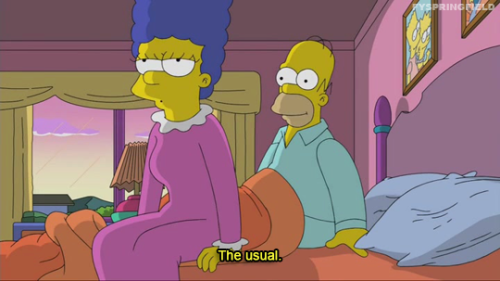

Rabies Viruses Reveal Wiring in Transparent Brains
Scientists under the leadership of the University of Bonn have harnessed rabies viruses for assessing the connectivity of nerve cell transplants. Coupled with a green fluorescent protein, the viruses show where replacement cells engrafted into mouse brains have connected to the host neural network.
The research is in Nature Communications. (full open access)

Juliet - Marshall Beach, San Francisco
Follow the Ballerina Project on Facebook, Instagram, YouTube, Twitter & Pinterest
For information on purchasing Ballerina Project limited edition prints

Insecticides Mimic Melatonin, Creating Higher Risk of Diabetes
Synthetic chemicals commonly found in insecticides and garden products bind to the receptors that govern our biological clocks, University at Buffalo researchers have found. The research suggests that exposure to these insecticides adversely affects melatonin receptor signaling, creating a higher risk for metabolic diseases such as diabetes.
The research is in Chemical Research in Toxicology. (full access paywall)
Opinion is really the lowest form of human knowledge. It requires no accountability, no understanding. The highest form of knowledge is empathy, for it requires us to suspend our egos and live in another’s world. It requires profound purpose larger than the self kind of understanding.
Plato, The Republic (via fyp-philosophy)
Interesting
Webb 101: 10 Facts about the James Webb Space Telescope
Did you know…?

1. Our upcoming James Webb Space Telescope will act like a powerful time machine – because it will capture light that’s been traveling across space for as long as 13.5 billion years, when the first stars and galaxies were formed out of the darkness of the early universe.

2. Webb will be able to see infrared light. This is light that is just outside the visible spectrum, and just outside of what we can see with our human eyes.

3. Webb’s unprecedented sensitivity to infrared light will help astronomers to compare the faintest, earliest galaxies to today’s grand spirals and ellipticals, helping us to understand how galaxies assemble over billions of years.

Hubble’s infrared look at the Horsehead Nebula. Credit: NASA/ESA/Hubble Heritage Team
4. Webb will be able to see right through and into massive clouds of dust that are opaque to visible-light observatories like the Hubble Space Telescope. Inside those clouds are where stars and planetary systems are born.

5. In addition to seeing things inside our own solar system, Webb will tell us more about the atmospheres of planets orbiting other stars, and perhaps even find the building blocks of life elsewhere in the universe.

Credit: Northrop Grumman
6. Webb will orbit the Sun a million miles away from Earth, at the place called the second Lagrange point. (L2 is four times further away than the moon!)

7. To preserve Webb’s heat sensitive vision, it has a ‘sunshield’ that’s the size of a tennis court; it gives the telescope the equivalent of SPF protection of 1 million! The sunshield also reduces the temperature between the hot and cold side of the spacecraft by almost 600 degrees Fahrenheit.

8. Webb’s 18-segment primary mirror is over 6 times bigger in area than Hubble’s and will be ~100x more powerful. (How big is it? 6.5 meters in diameter.)

9. Webb’s 18 primary mirror segments can each be individually adjusted to work as one massive mirror. They’re covered with a golf ball’s worth of gold, which optimizes them for reflecting infrared light (the coating is so thin that a human hair is 1,000 times thicker!).

10. Webb will be so sensitive, it could detect the heat signature of a bumblebee at the distance of the moon, and can see details the size of a US penny at the distance of about 40 km.

BONUS! Over 1,200 scientists, engineers and technicians from 14 countries (and more than 27 U.S. states) have taken part in designing and building Webb. The entire project is a joint mission between NASA and the European and Canadian Space Agencies. The telescope part of the observatory was assembled in the world’s largest cleanroom at our Goddard Space Flight Center in Maryland.
Webb is currently being tested at our Johnson Space Flight Center in Houston, TX.

Afterwards, the telescope will travel to Northrop Grumman to be mated with the spacecraft and undergo final testing. Once complete, Webb will be packed up and be transported via boat to its launch site in French Guiana, where a European Space Agency Ariane 5 rocket will take it into space.

Learn more about the James Webb Space Telescope HERE, or follow the mission on Facebook, Twitter and Instagram.
Make sure to follow us on Tumblr for your regular dose of space: http://nasa.tumblr.com.







Inspirational!

A schematic synthesis of physics branches by Dominic Walliman, from his video “The Map of Physics”:
Of course Physics become much more tangled when you move to the right side of the map.
h-t Vox: Physics has a dizzying array of subdisciplines. This short video breaks it down. An 8-minute history of the giant field of physics.

The Poplar Avenue at Moret, Cloudy Day, Morning via Alfred Sisley
Size: 59x73 cm Medium: oil on canvas


Shortly after he finished filming on the opulent set of Baz Luhrmann’s ‘The Great Gatsby,’ Joel headed off to the Jordanian desert to begin training for 'Zero Dark Thirty.' With a heavy dose of mock horror, he said that it was quite a shock to his delicate system:
“An experience like ‘Gatsby’ really spoils you because you are treated like a king. You’re given a big trailer, someone brings fresh flowers to your trailer, there are dates and walnuts and coconut water in your fridge … really living large.“
Then, when he suddenly found himself roughing it in the torrid desert, “sharing a cubicle with five other guys, half of them military, and carrying 50-60 kilos of equipment … It was like, 'Baz! Come and save me!’ You get a reality check."
-
 marciabrady liked this · 1 month ago
marciabrady liked this · 1 month ago -
 liyaezhova liked this · 2 months ago
liyaezhova liked this · 2 months ago -
 marnigifshistory liked this · 9 months ago
marnigifshistory liked this · 9 months ago -
 hbbjnnb liked this · 1 year ago
hbbjnnb liked this · 1 year ago -
 awk-1 liked this · 1 year ago
awk-1 liked this · 1 year ago -
 dias-de-la-ira-1 liked this · 1 year ago
dias-de-la-ira-1 liked this · 1 year ago -
 dayniac liked this · 1 year ago
dayniac liked this · 1 year ago -
 txbbcwby liked this · 1 year ago
txbbcwby liked this · 1 year ago -
 worldoftara reblogged this · 1 year ago
worldoftara reblogged this · 1 year ago -
 lil-pxie reblogged this · 1 year ago
lil-pxie reblogged this · 1 year ago -
 guyinthechair3 liked this · 1 year ago
guyinthechair3 liked this · 1 year ago -
 decaffeinatedobjectdreamland liked this · 1 year ago
decaffeinatedobjectdreamland liked this · 1 year ago -
 floriangeiger liked this · 1 year ago
floriangeiger liked this · 1 year ago -
 chansonsinternationales liked this · 1 year ago
chansonsinternationales liked this · 1 year ago -
 sukikabuki liked this · 1 year ago
sukikabuki liked this · 1 year ago -
 onefootin1941 reblogged this · 1 year ago
onefootin1941 reblogged this · 1 year ago -
 linawertmullers liked this · 1 year ago
linawertmullers liked this · 1 year ago -
 crazymadpassionatelove reblogged this · 1 year ago
crazymadpassionatelove reblogged this · 1 year ago -
 honeydippedmoon liked this · 1 year ago
honeydippedmoon liked this · 1 year ago -
 blinditem liked this · 1 year ago
blinditem liked this · 1 year ago -
 lilbabylovergirl liked this · 2 years ago
lilbabylovergirl liked this · 2 years ago -
 gnmartin liked this · 2 years ago
gnmartin liked this · 2 years ago -
 gnmartin reblogged this · 2 years ago
gnmartin reblogged this · 2 years ago -
 lucite-pear liked this · 2 years ago
lucite-pear liked this · 2 years ago -
 maryhartleys reblogged this · 2 years ago
maryhartleys reblogged this · 2 years ago -
 romero74 liked this · 2 years ago
romero74 liked this · 2 years ago -
 unavidamoderna liked this · 2 years ago
unavidamoderna liked this · 2 years ago -
 stellabystarlight12 liked this · 2 years ago
stellabystarlight12 liked this · 2 years ago -
 carlisnasty reblogged this · 2 years ago
carlisnasty reblogged this · 2 years ago -
 deeahhnuh reblogged this · 2 years ago
deeahhnuh reblogged this · 2 years ago -
 butwhataneye reblogged this · 2 years ago
butwhataneye reblogged this · 2 years ago -
 alecway liked this · 2 years ago
alecway liked this · 2 years ago -
 ultkeith liked this · 2 years ago
ultkeith liked this · 2 years ago -
 cafeaulaitmerci reblogged this · 2 years ago
cafeaulaitmerci reblogged this · 2 years ago -
 baddbitch89 liked this · 2 years ago
baddbitch89 liked this · 2 years ago -
 jpmtjr liked this · 2 years ago
jpmtjr liked this · 2 years ago -
 javatunes reblogged this · 2 years ago
javatunes reblogged this · 2 years ago -
 javatunes liked this · 2 years ago
javatunes liked this · 2 years ago -
 luckybasketballzipperparty liked this · 2 years ago
luckybasketballzipperparty liked this · 2 years ago -
 broncobuster78 liked this · 2 years ago
broncobuster78 liked this · 2 years ago -
 cinemaastimegoesby liked this · 2 years ago
cinemaastimegoesby liked this · 2 years ago -
 deeahhnuh liked this · 2 years ago
deeahhnuh liked this · 2 years ago -
 sunst1llrises liked this · 2 years ago
sunst1llrises liked this · 2 years ago